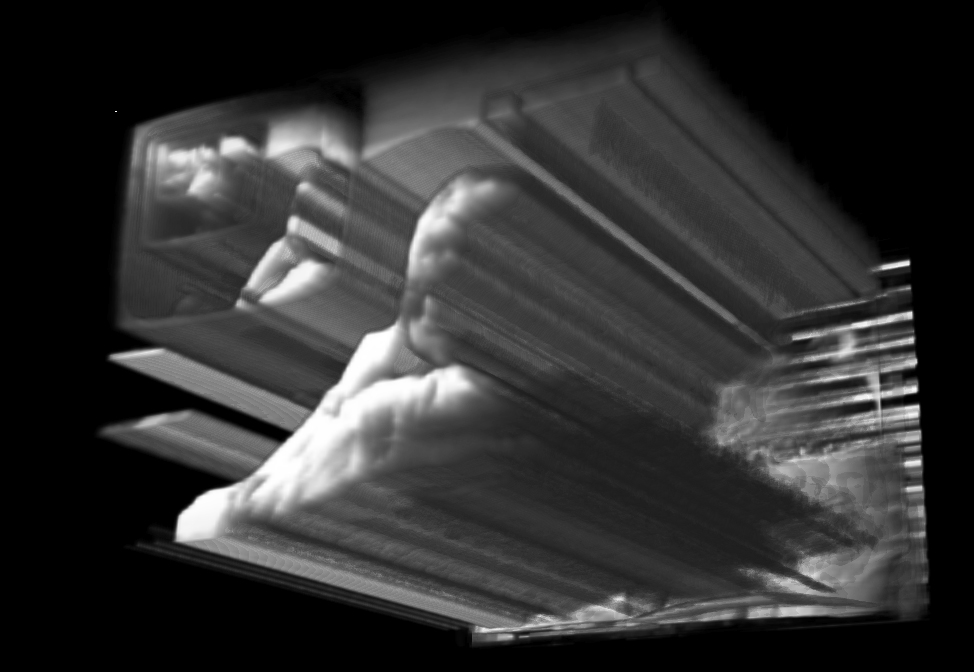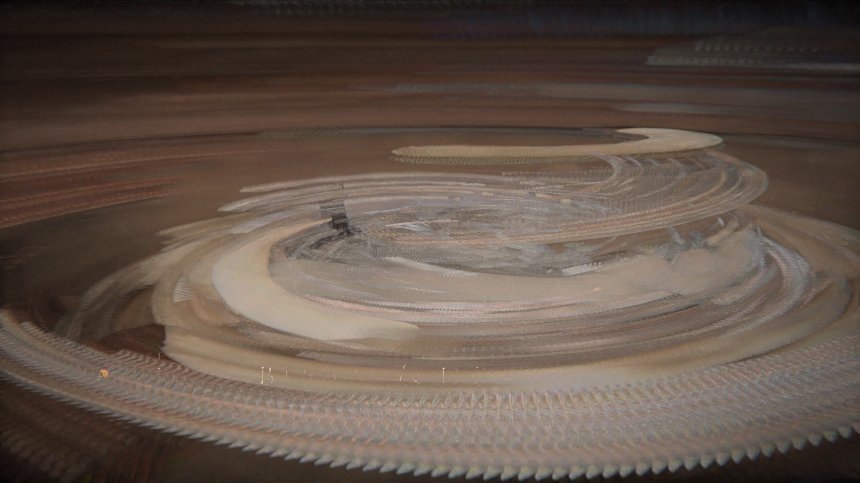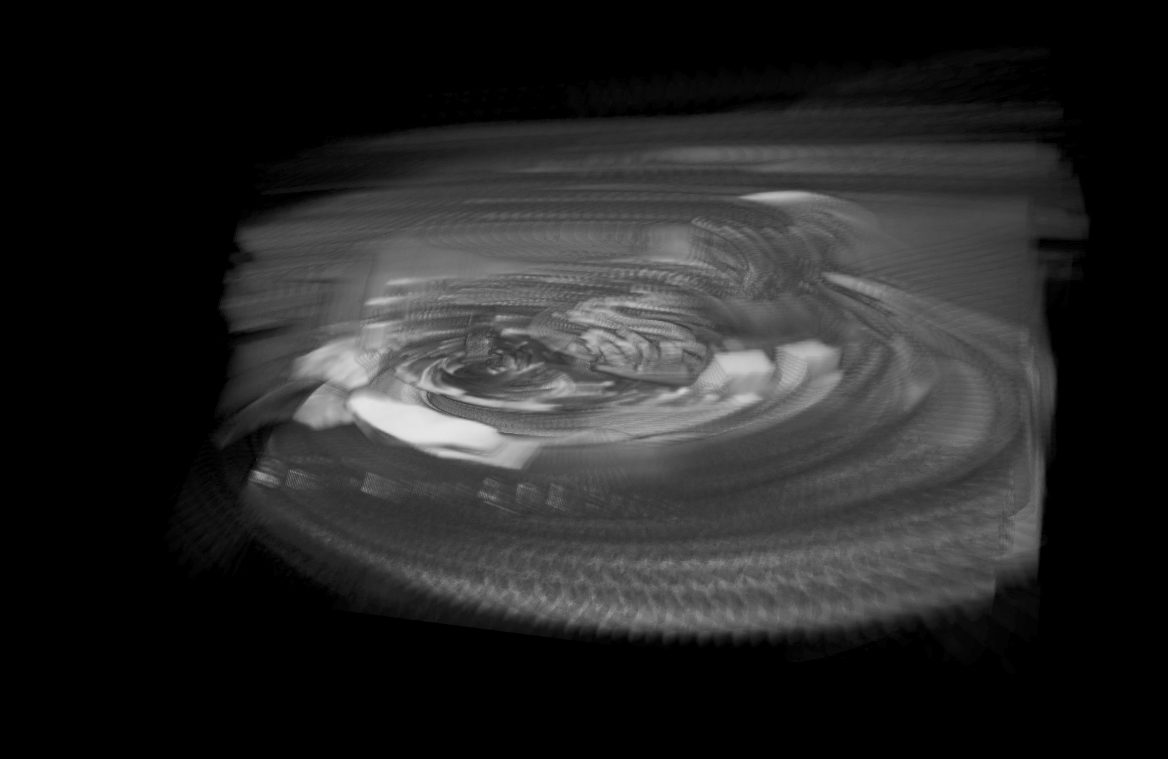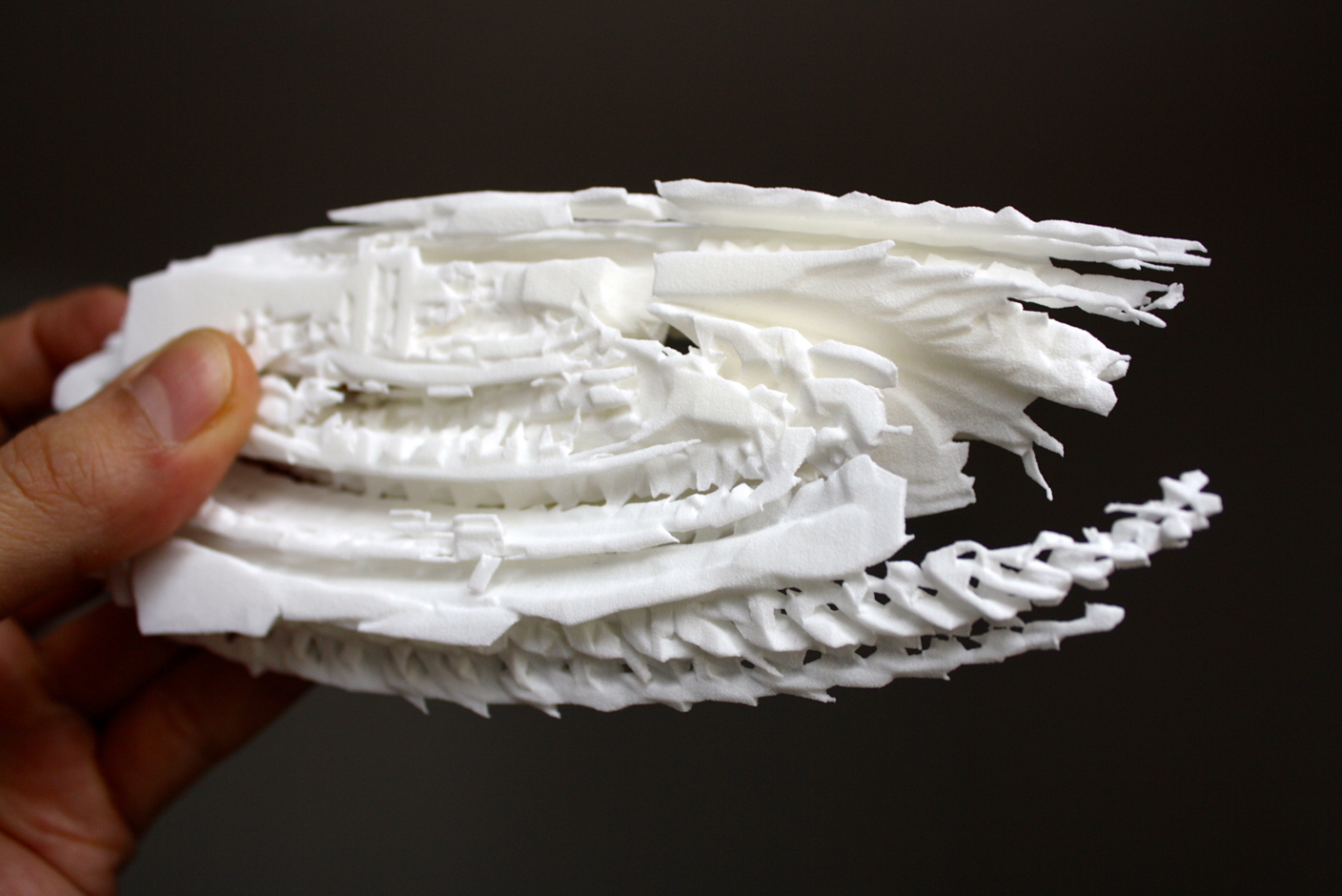About
'Motion structures' is an approach to explore and interact with time-based media, such as film, video, and motion graphics in a different way. We want to represent spatial and temporal transformations in a moving image sequence as a 3D shape. The transformation from a 2D image sequence to a 3D shape are done automatically by a custom software we wrote.
Such a shape encodes the changes in the positions of the objects in a frame, their movements, and spatial and temporal relations. Our goals are both to contribute to ongoing research in the artistic possibilities of 3D computer generated forms, and also offer a novel way to visualize moving image sequences. The outcome of the process are 3D digital objects which can be represented as images and also as 3D printed forms.
We want to thank Lev Manovich for his valuable suggestions and Gunalan Nadarajan for his comments at re-new 2013.
Gallery
More images are available and updated from the Flickr album and the Flickr group.
Software
We build on top of the open-source software ImageJ (developed by Wayne Rasband at the National Institute of Mental Health, Maryland), which is mainly used for scientific imagery practices. We have created an ImageJ plugin that performs a series of operations that take as input a folder containing a sequence of frames. The script then automatically converts the images into 8-bit format, subtracts background, and finally runs the 3D viewer. From the 3D Viewer it is possible to save the result as static image, as 360-degree rotation movie, and to export it as a mesh surface.
Download our ImageJ macro here:
motionStructure-v2.txt (v. 0.2)
imageToObject.txt (v. 0.1)
Right-click the hyperlink and save it your hard drive. Then you can run it from ImageJ, from the menu Plugins / Macros / Run...






